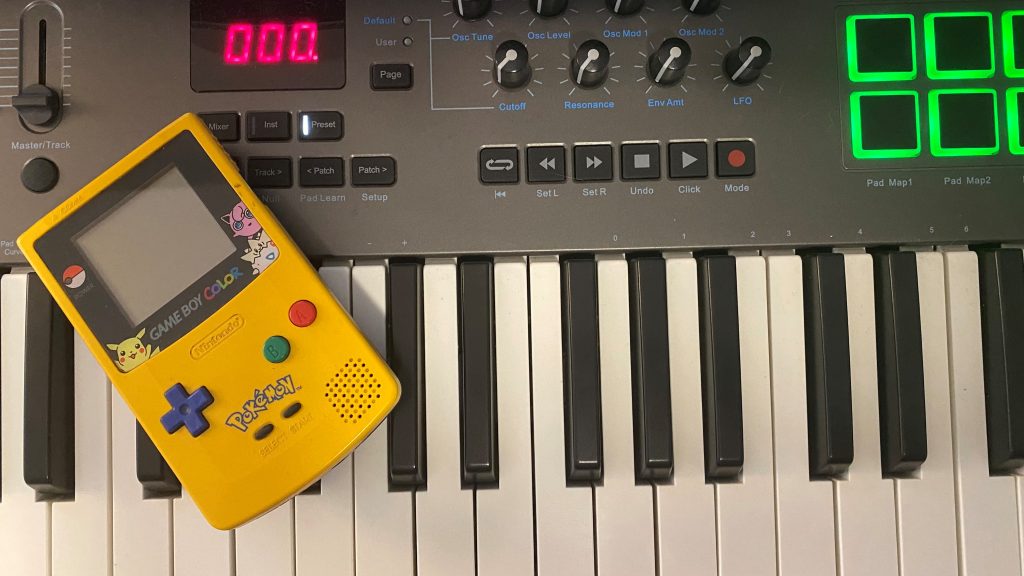
The Exciting Parts of Music for Games
Here at Columbia, a large focus of the program is on creating music for games and other interactive media. In the course “Music for Games: AR & VR,” which is taught by Joel Corelitz (Gorogoa, Death Stranding, Halo Infinite), we cover everything from the basics of what game music is to the in-depth parts of what really separates game music from any other type of music.
Growing up, I was always playing games. I had a Gameboy Color with Pokémon Yellow and then went through various PlayStations, Xboxes, and Nintendo consoles. I always loved game music, but I really didn’t understand how game music was different than music for any other visual medium until recently. What makes music for games different than other forms of music for media is that it’s interactive. This can mean anything as simple as a track starting when a level begins and ending when the level is over, or as complex as layers of music fading in and out based on what is near the player or what the player is doing in the game.
One of the challenges or freedoms, depending on your point of view, is that game music isn’t restricted to following the exact timing of what is happening on a screen. The reason for this is that games happen at the pace of the player. What may take one person a minute to accomplish could take another person ten minutes, and the music that’s happening has to take that into account. The earliest games solved this problem by having short pieces of music that looped seamlessly and would stop when the level was completed. This idea has been developed over the decades to where some scores for games are created by the actions of the players, so that the music for one person is a completely unique experience from what someone else gets. One of the people at the forefront of creating this interactive music is Austin Wintory (Journey, The Banner Saga, Assassin’s Creed Syndicate). His music for Journey is created in such a way that it changes based on what the player is doing, and even if another person is playing the game at the same time as them via online play. This idea of having music based on the player’s choices is something that is unique to games. It’s entirely possible that you could play a whole game and not hear some of the music because your actions never triggered that music to play. For some people this idea is rather scary, but for people like Wintory it really allows for creativity that isn’t available in other mediums.
When Austin Wintory came to speak to our class about his music and game music as a whole, something he brought up that I thought was really interesting was the age of videos games. Games first started to become a thing around 1972 with Pong (not including very primitive games that were created to run on lab equipment in the 1950s). One of the first games to have music in it was Gun Fight (1975), which came out 46 years ago. Games have progressed significantly since the era of 8-bit and vector-based games. The film industry came a long way as well from its first developments by the Lumière Brothers in 1895 to Citizen Kane that came out 46 years later in 1941. But even after that, the world of film continued to grow and evolve. We are currently in the Citizen Kane era of video games. There have been some great games, but the industry is still just starting to take off.
Games make for a unique and interesting form of storytelling that is just really beginning to come into its own. I’m excited to see where the industry goes and what that means for the music that is in them as everything continues to change.
(Check out some tracks the composers have written for our class with Joel Corelitz!)
